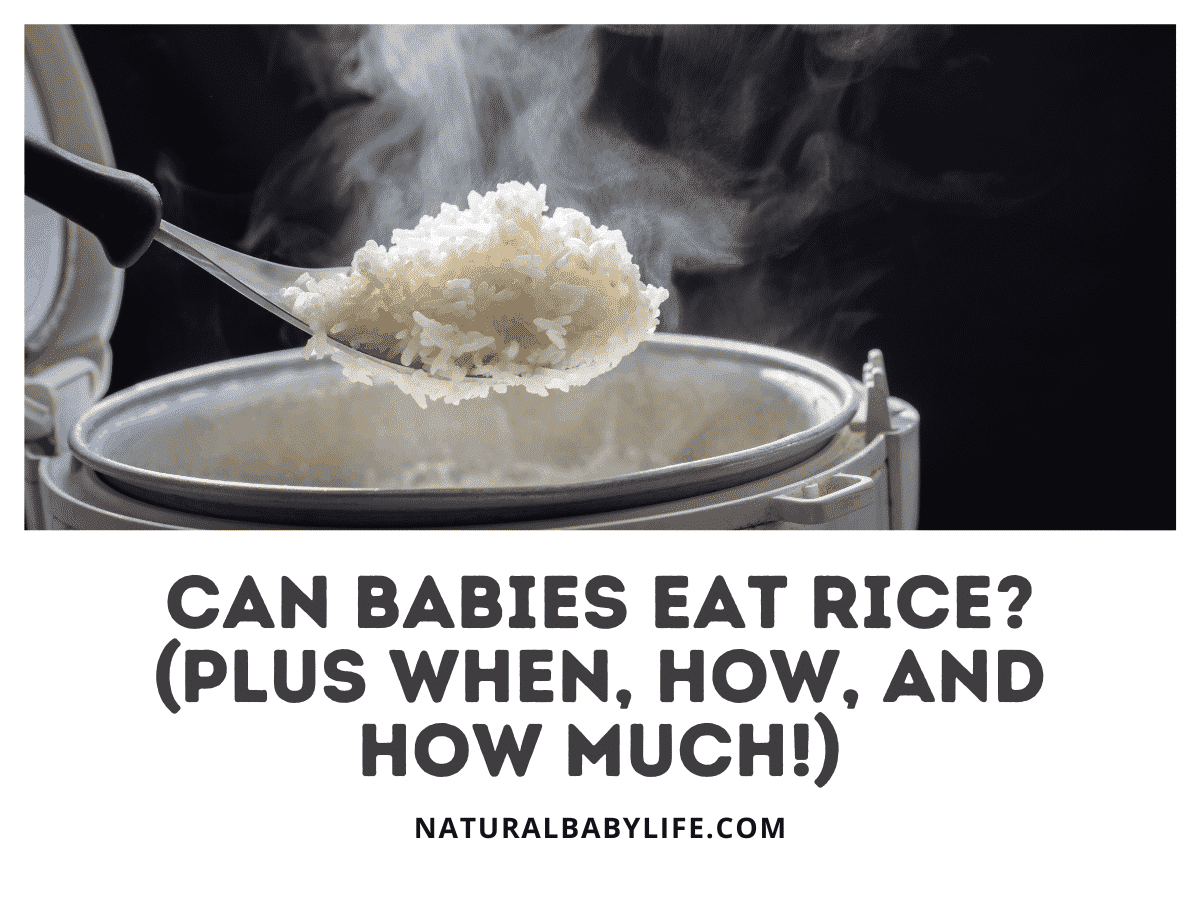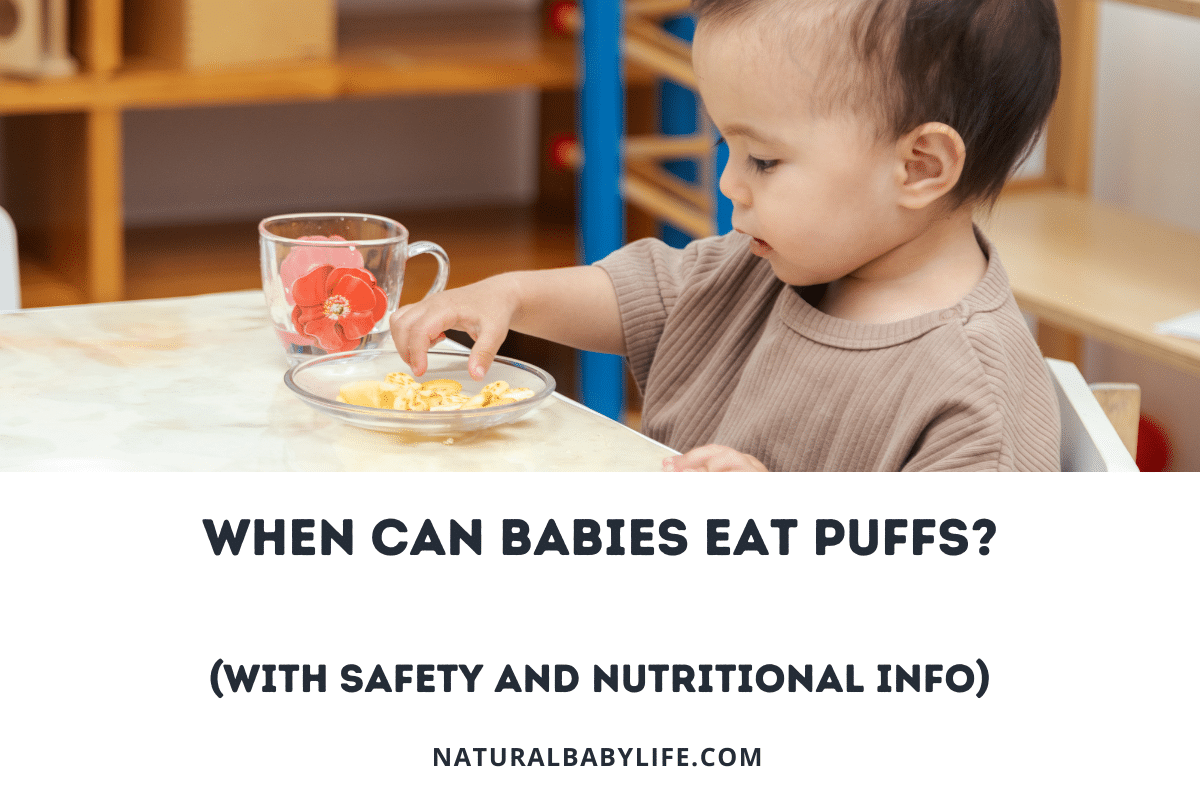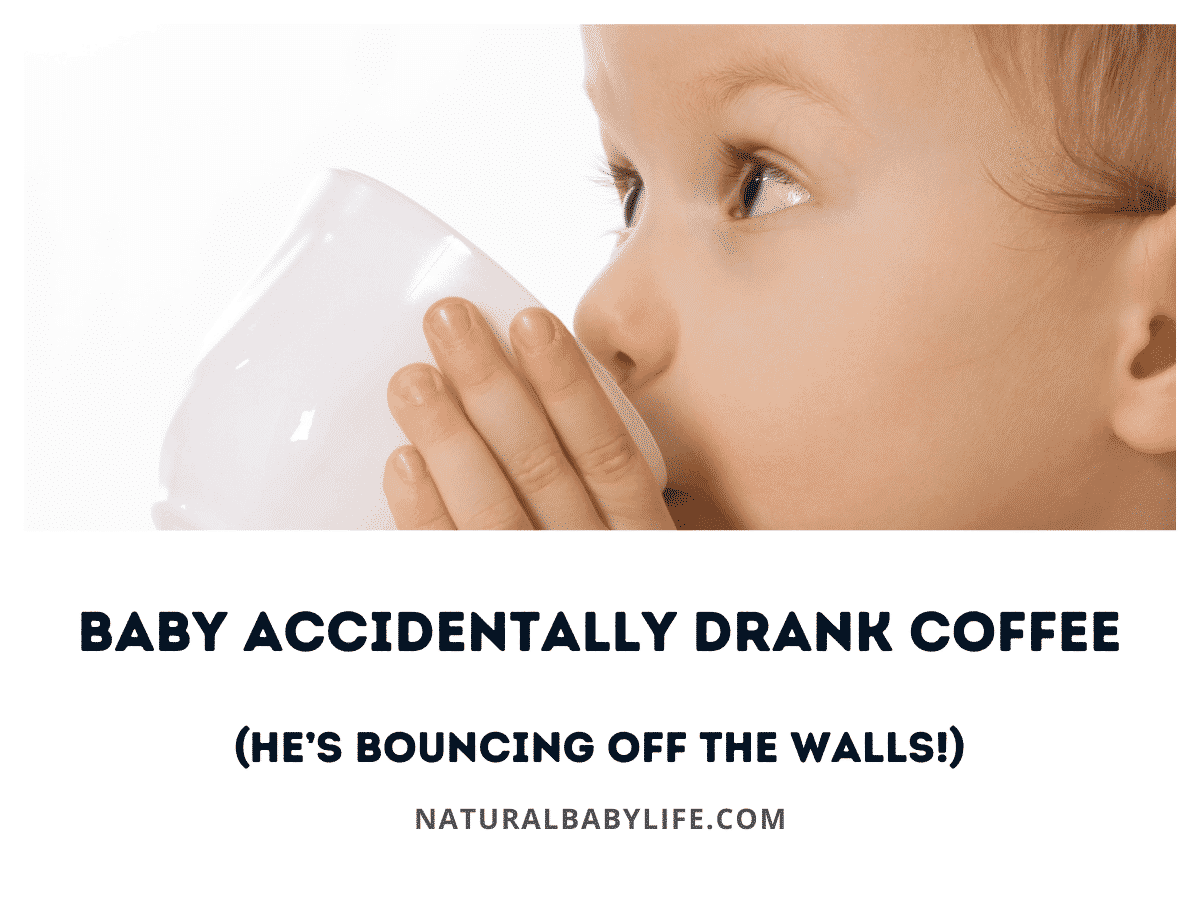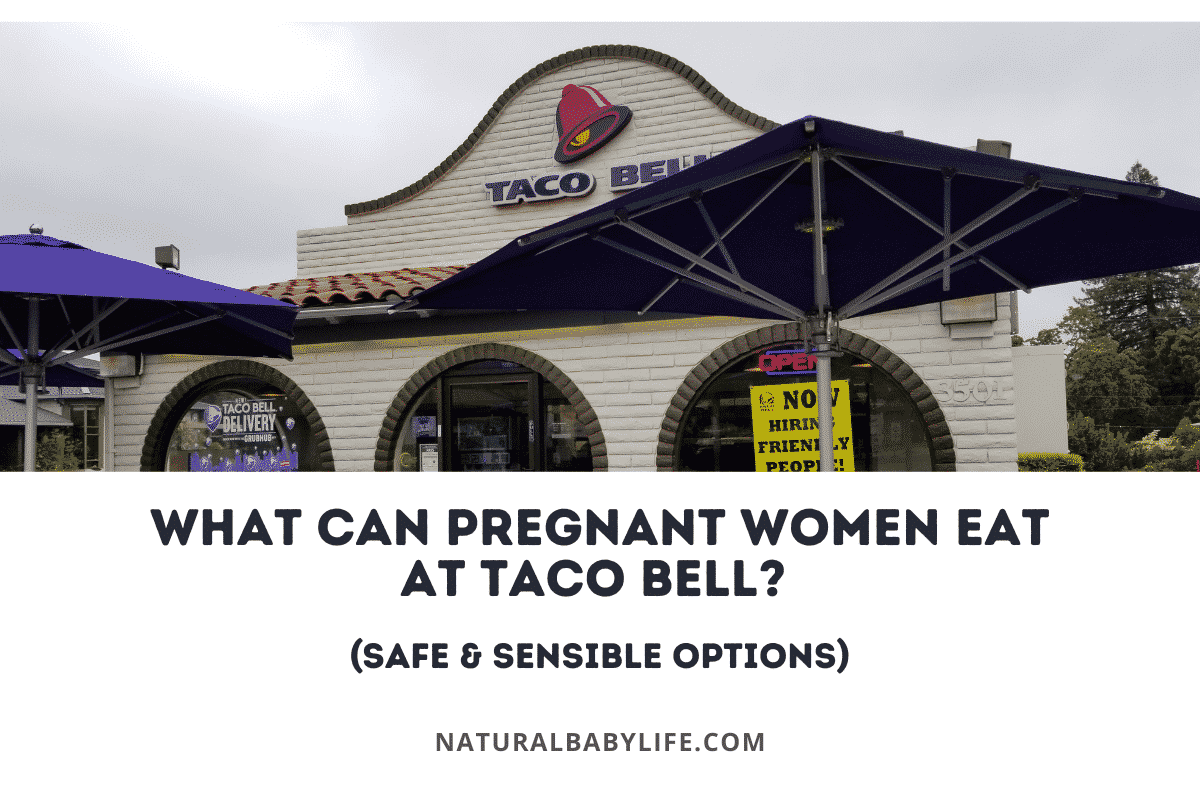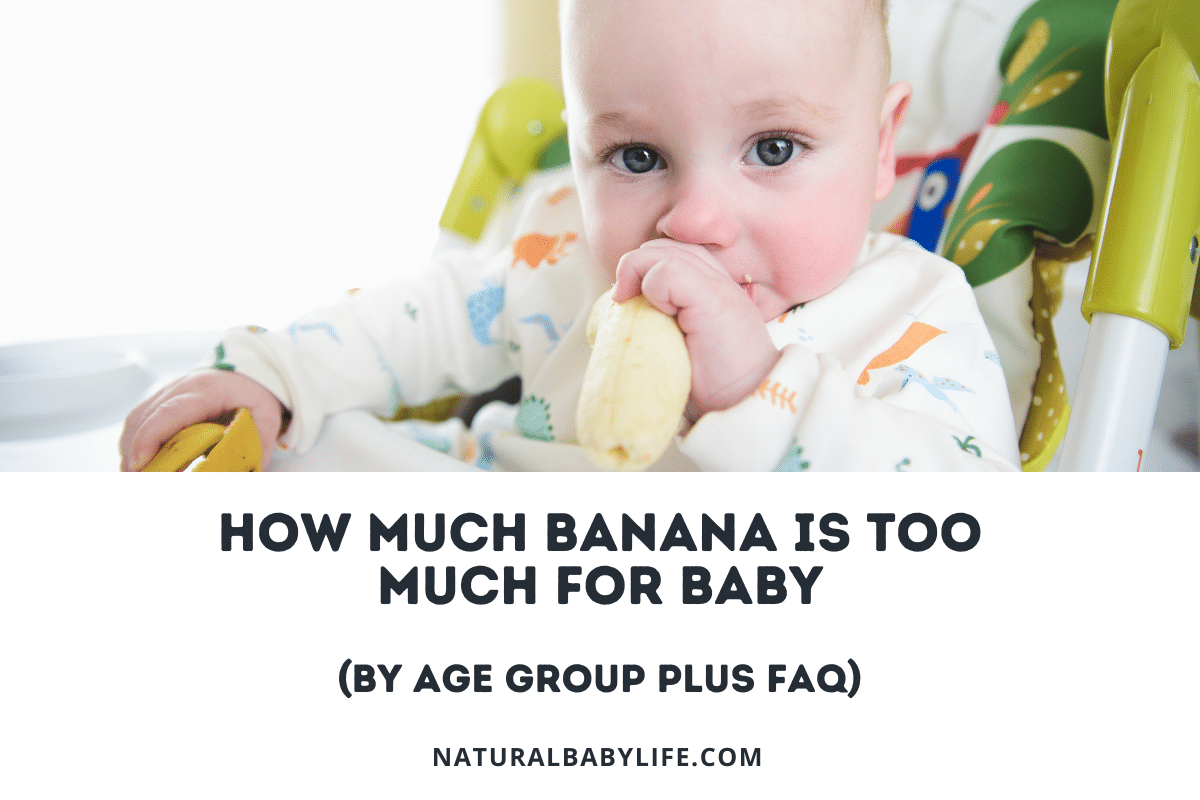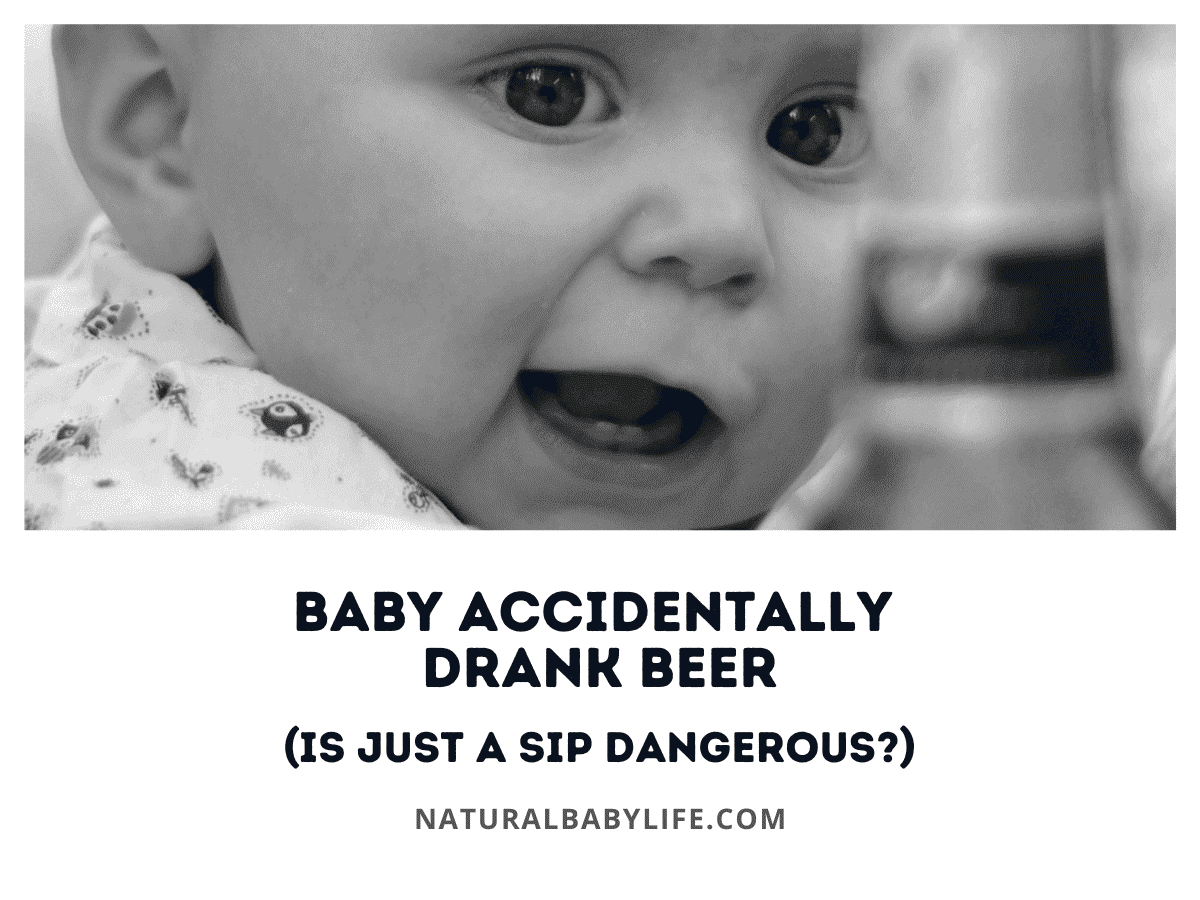Get the camera (and washcloth) ready! Life with baby gets a little more exciting when your little one finally begins exploring the world of real food! Funny faces, big messes, and the joy of watching your baby discover new tastes and textures are what memories are made of! As your baby’s menu begins to expand, you likely have some questions about what foods are safe and how and when to offer certain types of food. Rice is one common food that parents generally have some questions about.
It’s recommended that parents wait until baby is at least 4-6 months old before offering first foods like cereals and pureed fruits and vegetables. While all kids are different, generally by 6-8 months old most babies are ready to begin enjoying finger foods and solids from a variety of food groups-including rice.
As a cautious parent, you likely have a lot of questions and concerns about what you offer baby and when. Some foods, like rice, can be a bit tricky for parents, and many are unsure about the safety, different varieties, preparations, and if your baby is even ready for a food like rice.
Table of Contents
What age can babies eat cooked rice?
According to the CDC, it’s generally okay for babies 6 months and older to begin eating all of the solid foods you eat at mealtimes! Mashed, chopped, pureed, or sliced your baby is likely to enjoy the different tastes, textures, and varieties of their expanding diet.
Knowing that, it is okay for your baby to eat cooked rice once they are 6 months old as long as it is prepared and served in a way that is safe for a baby to eat without posing a choking hazard.
Let’s dive into more detail about solid foods, in general!
Baby’s first foods
By 4-6 months of age the American Academy of Pediatrics recommends parents begin offering their baby foods called “soft solids” like the single-grain cereals and pureed foods you see at the grocery store. These starter foods will help babies learn to how to eat and help baby adjust to new flavors, textures, and help their digestive system prepare for a more varied diet.
It may be time to try solid foods when:
- Baby can hold their head up with good head control
- Baby seems eager to be fed or interested in eating food (they open their mouth when a spoon is headed their way or reach for whatever you’re eating)
- They can use their tongue to move food from a spoon to their throat
- They have doubled their birthweight
One of the first soft solids you’ll likely introduce to baby is a single-grain starter food like oatmeal, barley, or rice cereal. These cereals are mixed with baby formula or breastmilk to create a consistency perfect for a first-time eater. Store brands of rice cereal are often fortified with vitamins and minerals essential for growth and development.
Note that these are different than rice you serve at mealtimes; these starter cereals are dehydrated making them easy to mix with breastmilk or formula and easier for baby to eat. These starter cereals are often a first-choice due to convenience, minimal perceived allergic complications, easily digested, and over time they have become the first food parents reach for as tradition.
Other first-time solids baby is sure to enjoy are pureed fruits and vegetables and even pureed meats. It’s no longer advised that parents delay offering allergenic foods like dairy, peanuts, soy, or fish beyond 4-6 months, so you can feed baby a wide variety of foods from the start.
Once your baby has conquered the cereals and purees it’s time to move onto the finger foods!
Finger food readiness
Now that baby has learned how to manage food once it’s in their mouth, understands the activity of eating, and is practicing new skills to feed themselves independently, it’s time to start introducing new foods or offering foods in different forms (sliced bananas versus mashed, for example).
Finger foods can be safely offered by 7-8 months of age depending on your own child’s readiness and development. At this age, babies are working on their motor skills and mastering more precise movements like picking up and grabbing food in a “pincer grasp” (using forefinger and thumb). Feeding themselves can be great motor skill practice and a rewarding activity for your baby!
Before feeding baby new finger food, stop and ask yourself a few questions:
- Does it melt in their mouth?
- Is it easily “mushed” in their mouth (meaning they don’t need teeth to chew it)?
- Is it soft?
- Is it small enough?
Even if a food meets your checklist requirements for safety, baby should always be supervised during mealtimes. Remember, choking is silent.
If you’re wondering what types of foods are best to start with, here some good ones to try:
- Soft cheeses (shredded cheese or cottage cheese)
- Yogurt melts (frozen or dehydrated)
- Dry, unsweetened cereals or Puffs
- Soft fruit
- Cooked vegetables
- Cooked, diced pasta
- Soft meat, like cooked chicken, cut small (think pea-sized bites)
- Cooked potatoes, cut small
- Scrambled eggs
Foods to avoid giving baby at this stage:
- Grapes, cherry tomatoes, and berries (unless they are peeled and cut small)
- Hot dogs
- Raisins
- Nuts and popcorn
- Candy
- Raw vegetables or hard fruits
- Marshmallows
- Untoasted bread (like white bread which can be sticky or hard to swallow)
- Chunks of meat or cheese
Good eating habits start early, so steer clear of unnecessary sugars (like candy and cake). While it may be tempting to feed baby scoops of ice cream that are sure to put a smile on their face, it’s best to stick to naturally sweet foods, like fruits, and nutritionally beneficial foods.
Can babies eat normal rice?
Yes. Babies that are old enough and experienced eaters can eat all of the foods you enjoy, even rice, at mealtimes; however, the preparation may need to be a little different from how you eat it.
If you’re offering baby rice (whatever type you’re eating), it is recommended to cook it well and try mashing it slightly with a fork to make it easier for baby to eat-especially if this is their first time trying it.
Is there arsenic in rice?
The American Association of Pediatrics released a statement regarding the growing concern about arsenic levels found in rice and some baby food products (like rice cereal).
Arsenic is a naturally occurring element found in the majority of foods and drinks we ingest; however, rice and rice-based foods seem to absorb and accumulate more arsenic than other types of crops. Inorganic arsenic has been linked to bladder, lung, and skin cancer and studies find that a person’s risk of developing these cancers could increase even if typical amounts of rice products are consumed.
This does sound scary, but it’s not meant to be. This doesn’t mean your child shouldn’t ever eat rice products. It could mean that you choose not to have rice as a staple food group in your family’s diet and may choose to balance a diet with other grains like oatmeal, wheat, or barley. Essentially, it’s probably best not to eat rice multiple times per day each day.
It’s important to note that there is no evidence of harm from arsenic that is naturally present in foods. Again, almost all foods we eat include arsenic. If you have concerns about rice cereals, rice, and rice products, be sure to give your pediatrician a call so you can make the best choice for your family.
How do you give baby rice for the first time
When preparing whole grains of rice for baby, cook the rice according to package directions.
Be sure that the rice is cooked thoroughly enough to mash with a fork and is soft enough for baby to “chew” easily. It’s recommended that rice, and whole kernels of wheat, barley, and other grains, be mashed or ground and before being offered to baby. Use the back of a fork or spoon to gently mash cooked rice before serving to baby. Do not offer baby uncooked rice.
First foods don’t need to be bland, however, for new eaters and young children lots of added salts and sugars are unnecessary, so use seasoning sparingly.
You can feed baby any type of rice, like white rice, and other popular varieties like basmati, brown or jasmine rice, by the age of 6 months as long as it’s prepared appropriately. Like other foods, when offering it to baby for the first time, do so with caution and wait a few days to see how baby reacts to it.
Is rice a choking hazard for babies?
The CDC lists rice as a potential choking hazard for babies until the age of 24 months. However, cooking properly and mashing a food like rice can help minimize risk so your baby can enjoy this food.
What’s critical to avoid choking is making sure that baby is supervised carefully during all mealtimes.
To avoid choking during mealtimes be sure to follow these safety guidelines:
- Sitting up (no lying down or walking with food)
- Sitting in a highchair or other safe place
- Do not feed baby in the car or in the stroller
- Prepare foods in a way that is appropriate for your baby’s development
Be sure to get informed and be prepared in the event your baby chokes. Speak with your pediatrician for help with baby CPR.
Using cooked rice for baby-led weaning
Baby-led weaning is a style of introducing solid foods in which the child is able to set their own pace for mealtimes, meaning that when a baby is presented a plate of finger foods the baby can choose which foods he or she wants to eat rather than being spoon-fed like is traditional. BLW essentially allows baby to self-feed from the very start of their relationship with food.
Because babies typically begin eating finger foods at around 6 months of age this makes rice an appropriate choice for baby-led weaning. Just be sure that it is prepared in accordance with your baby’s abilities (softened or mashed with a fork) to help minimize choking risks.
Which rice is best for babies?
Much like all foods, some types of rice have more nutritional benefits than others. It’s important to consider dietary benefits if you’re wondering which rice is best to serve to babies. Consider the nutritional breakdown of some basic household rice varieties, for example:
- Brown Rice: whole-grain rice that has its outer shell removed, but still contains the bran and germ, which contain vital nutrients. Brown rice is higher in fiber and protein than white rice.
- Wild Rice: whole grain which has nearly three times more fiber and protein than white rice.
- White Rice: rice that has the bran and germ removed, which, unfortunately, removes vitamins and fiber. White rice acts like a simple sugar and can cause blood sugar spikes.
If texture is your concern, any type of rice can be offered to babies who are established in eating solid finger foods as long as it’s prepared appropriately, and baby is carefully monitored during mealtimes to reduce choking risk.
Is rice good for babies?
Babies who are old enough for solids should be fed a varied diet from the very start to include whole grains, fruits, vegetables, protein, and dairy products. Rice can be a healthy grain to include in baby’s diet as a great finger food option.
You’ll want to choose foods for baby that are nutritionally-valuable, meaning that you want to pack as many useful vitamins and minerals into every bite, so when determining if rice is a healthy choice, it simply depends on which one you choose. Similar to bread and other grains, you’ll want to offer “whole” varieties. Try brown or wild rice over white rice. Just be sure it is cooked and prepared appropriately for baby.
Introducing new foods to baby can be just as nerve-wracking as it is exciting and fun. What’s most important when starting babies on solids is to safely monitor baby while they eat, prepare foods appropriately, and offer healthy varieties.

